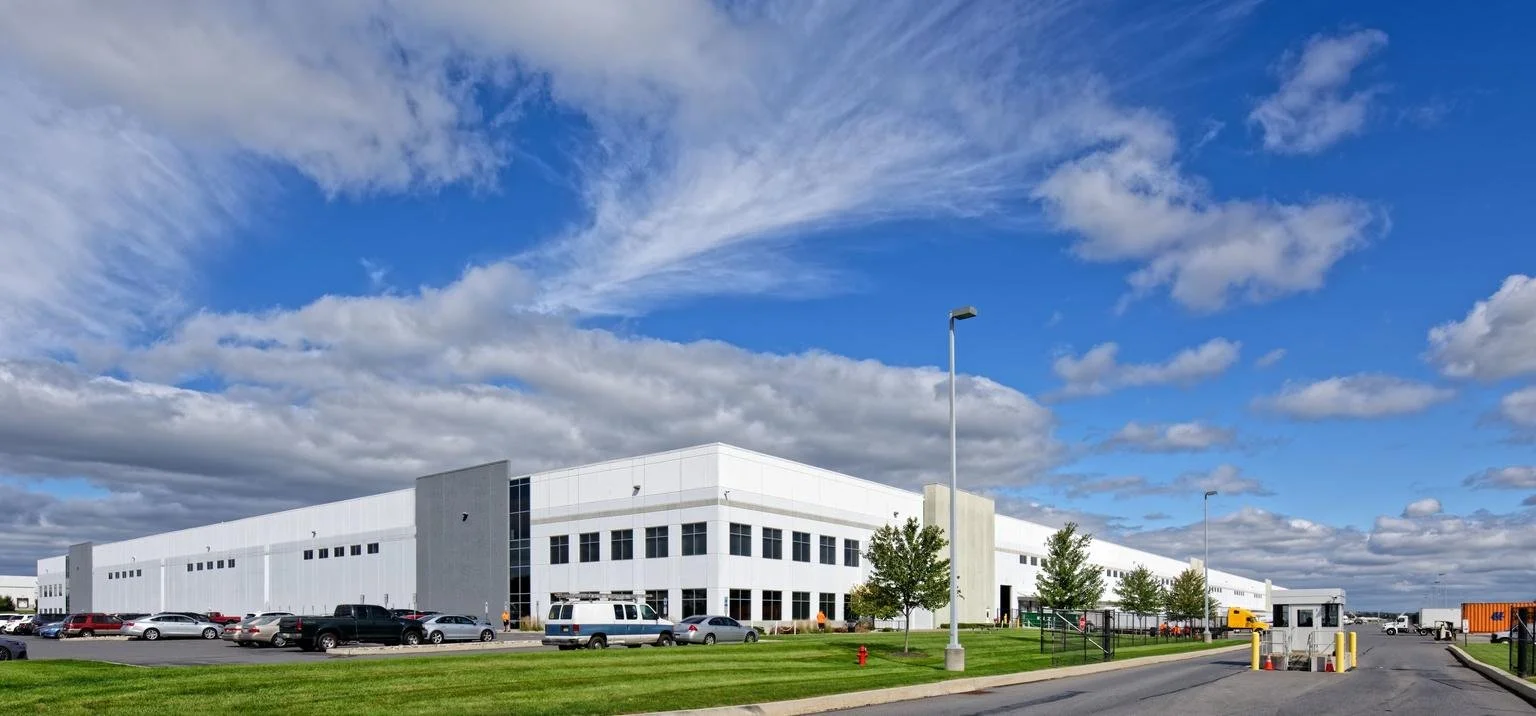HOW MUCH DOES IT COST TO RENT A WAREHOUSE?
Prologis
COSTS VARY BY A WIDE MARGIN
Warehouses come in all shapes and sizes, and depending on the amount of space you need and the services you want to employ, costs vary by a wide margin.
The problem is, it isn’t always easy to calculate the monthly cost of leasing warehouse space before you sign on the dotted line. This is especially true with many landlords and brokers that describe their rates and fees using confusing acronyms instead of straightforward language.
This guide discloses what to expect concerning the costs associated with renting warehouse space.
Calculating how much your warehouse is going to cost every month typically involves three primary numbers: the amount of space you need (in square feet), the base rental rate (monthly or annually) and the estimated operating expenses (also called NNN or CAM—more on that below). Don’t forget—you will also be required to pay for electric and water use.
A triple net lease (NNN) is a structure where the tenant is responsible for paying all operating expenses tied to a property. The landlord, meanwhile, is not responsible for expenses incurred as a result of operating the business on the property.
Billing is typically a monthly or annual occurrence. Here is an example of how to calculate monthly rental rates for a warehouse in which you need to rent 5,000 square feet of storage space, taking into account the following rates:
Average base rental rate: $0.85 per square foot per month
Estimated operating expenses (NNN): $.25 per square foot per month
For this warehouse, the total asking lease rate is $1.10 per square foot per month. Therefore, the total monthly rent would be $5,500 (5,000 x $1.10).
WHAT YOU NEED TO KNOW ABOUT CALCULATING COSTS WHEN RENTING A WAREHOUSE
When comparing warehouse properties, it’s important to ask the landlord or broker the right questions to get an accurate estimate of the monthly rent. Be sure to ask:
Who is responsible for performing and paying for maintenance?
Who is responsible for performing and paying for repairs?
Who is responsible for replacing equipment attached to the warehouse, such as the HVAC unit?
Would I have to pay for a common area or for only the actual square footage of the space?
Would I be required to install signs?
Is the landlord willing to pay for any tenant-made improvements?
The answers to these questions are important to know early because you don’t want to discover you’re responsible for such expenses after signing the contract. Should something go wrong that you are responsible for repairing or replacing, your budget could be upended instantly.


